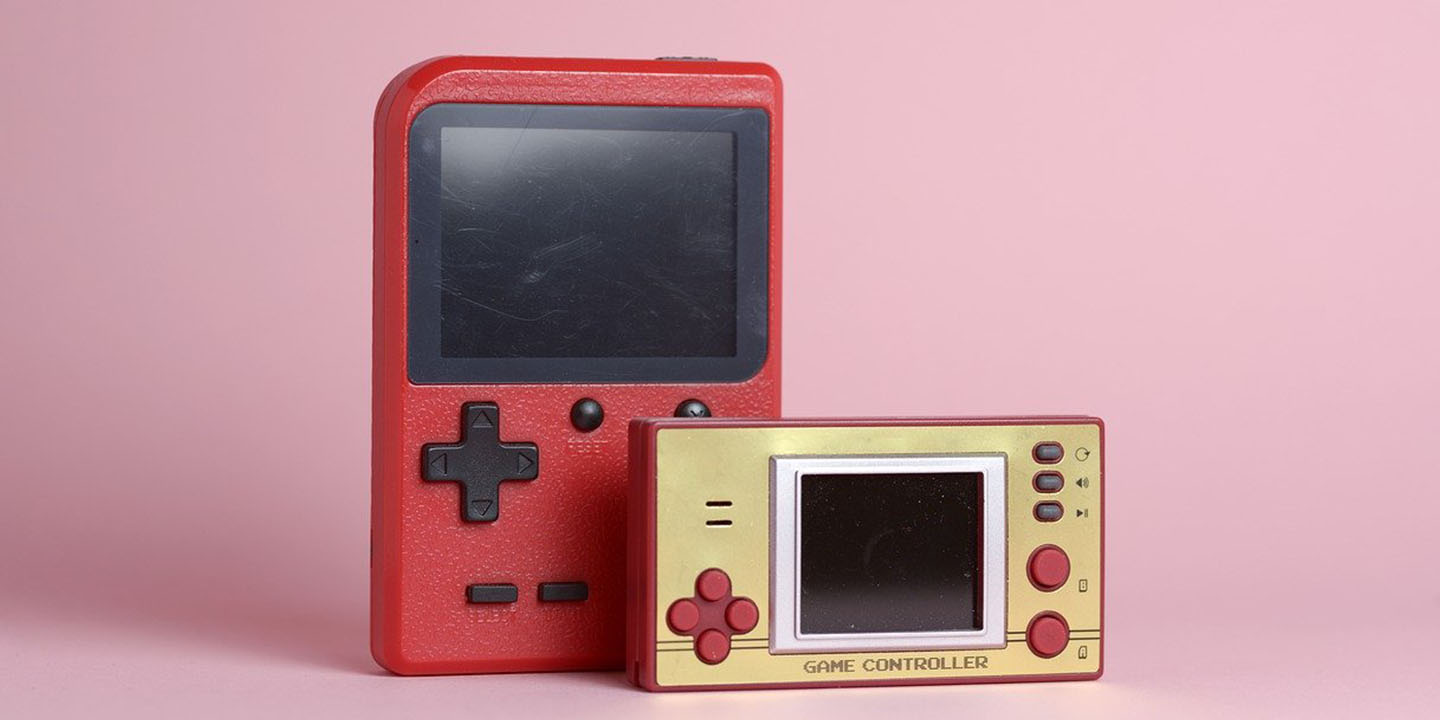Ushering In the Lunar New Year
With Chinese New Year approaching, families celebrating it are busy preparing to welcome another lunar new year. But what exactly are these traditions? What's their meaning and significance, and why is it important to follow them? From house cleaning to gifting mandarins, here are 20 customs families follow on Chinese New Year.
1. House Cleaning
To get ready for the new year, the Chinese thoroughly clean their entire home, making sure to sweep away all traces of dust. In Chinese, the word for "dust" (chen) sounds similar to "old," so this tradition is essentially brushing out the old to bring in the new.
2. Hanging the "Fu" Poster
In Chinese, the character fu means luck and good fortune, so it's an important word that's passed around in greetings and posters, especially during the new year. It's also tradition to hang the fu poster upside down to invite good fortune and happiness in since the word for upside down (dao) in Chinese is a homonym of "to arrive."
3. Lucky Decorations
Aside from the fu character, Chinese families love to deck their home out in red, hanging flower knots and paper cut-out decorations everywhere. Spring Festival Couplets, poetry lines that are pasted vertically on both sides of the door, are also widely seen.
4. Family Reunion Dinner
Chinese New Year is all about bringing the family together on what's considered the most important day of the year. A variety of dishes are served, typically homemade, and fish is a must as it symbolizes wealth and prosperity (yu).
5. Year Cake
Year cake or nian gao—a sweet, glutinous rice cake—is one of the main dishes eaten on Chinese New Year. This is because it symbolizes growth and progress, as the words for "cake" and "advancement" (or "tall" and "high") are homonyms (gao).
6. Turnip Cake
Along with glutinous year cake, turnip cake—a savory dish made from radish, meat, and studded with other ingredients like dried shrimp, dried scallops, Chinese sausage, and shiitake mushrooms—is also eaten. It's traditionally served on Chinese New Year as the term for radish is a homophone for "good fortune."
7. Dumplings
Another important food that's eaten on Chinese New Year (typically in northern China) is dumplings. They can have different fillings, often stuffed with pork and veggies, and are believed to bring in wealth in the upcoming year. Some may wrap different items, like coins and candies, in the dumplings to express a variety of blessings.
8. Mochi Balls
In southern China, it's customary to eat mochi balls or tangyuan, which are made with glutinous rice flour and filled with different fillings, like black sesame and peanut paste. They're said to bring happiness, prosperity, and fortune. In northern China, mochi balls are only eaten during the Lantern Festival.
9. Firecrackers & Fireworks
As with any celebration, firecrackers and fireworks are also set off to usher in a new lunar year. These fill the sky everywhere at midnight—even in rural villages. It's also believed that the louder the firecrackers, the more luck and fortune will be brought in the new year, as the sound is used to drive away evil.
10. Red Envelopes
Hongbao, or red envelopes, are packets filled with lucky money that are given to children by adults. This custom is driven by the belief that these envelopes will ward off evil and keep children safe and sound for the upcoming year.
11. Shopping
To celebrate the new year, Chinese families go shopping. They may stock up on new furniture, plates, clothes, groceries, and other necessities to get ready for a new beginning. With how popular this tradition is, many markets selling a variety of items—from candies to fruits and flowers—fill the streets.
12. Wearing New Clothes
Wearing new clothes is another custom Chinese families follow. Sometimes, they may celebrate the new year wearing traditional Chinese clothing, like the qipao, an ornate dress worn by women. Since red is considered lucky, many choose to wear red clothes—even underwear.
13. Watching Lion & Dragon Performances
Lion and dragon performances are especially popular and fun to watch during Chinese New Year, These puppets are controlled by a team of experienced dancers, who hold them up with long sticks. The dragon dance is believed to bring good fortune and wealth.
14. Visiting Temple Fairs
Temple fairs are part of an old Chinese practice, especially in Beijing, where they were typically a form of worship and thus were set up around temples. Nowadays, they can be in parks as well, and include cultural performances, snacks and delicacies, and shops selling a plethora of trinkets.
15. Strolling through New Year Markets
Chinese New Year Markets pop up everywhere along streets and inside malls during this period of celebration. They may be called "flower markets" and dotted throughout are shops selling anything from clothing to lanterns, fireworks to festive snacks.
16. Sharing New Year Greetings
Sharing greetings on Chinese New Year is an absolute must. There are various sayings Chinese people echo to each other to ensure the new year brings wealth, fortune, good health, and happiness. Children are also encouraged—and expected—to say these greetings when receiving red envelopes.
17. Shou Sui
Shou sui is another old tradition where families would stay up all night, since according to old folk tales, a mythical beast named Nian ("Year") would come out and harm people and properties. It was then later believed that Nian is afraid of the color red and fireworks, which is why most only stay up until the firecrackers sound.
18. Lantern Festival
The Lantern Festival is celebrated on the 15th of the first month of the lunar calendar and marks the end of the Chinese New Year festivities. Some may send off colorful lanterns into the sky or let them float adrift on lakes and rivers.
19. Gifting Mandarins
In Cantonese, one popular greeting to say during Chinese New Year is dai gut dai lei ("Wishing you good fortune and prosperity!"), where gut sounds like the word for "mandarin." This is why families gift each other bags of mandarins or small mandarin trees during the new year.
20. Little Year
Little year, or xiao nian, is typically celebrated a week before or at the start of Chinese New Year when preparations begin. Families sweep down their houses, throw away old items, purchase new clothes, and get ready to usher in the new lunar year.




























